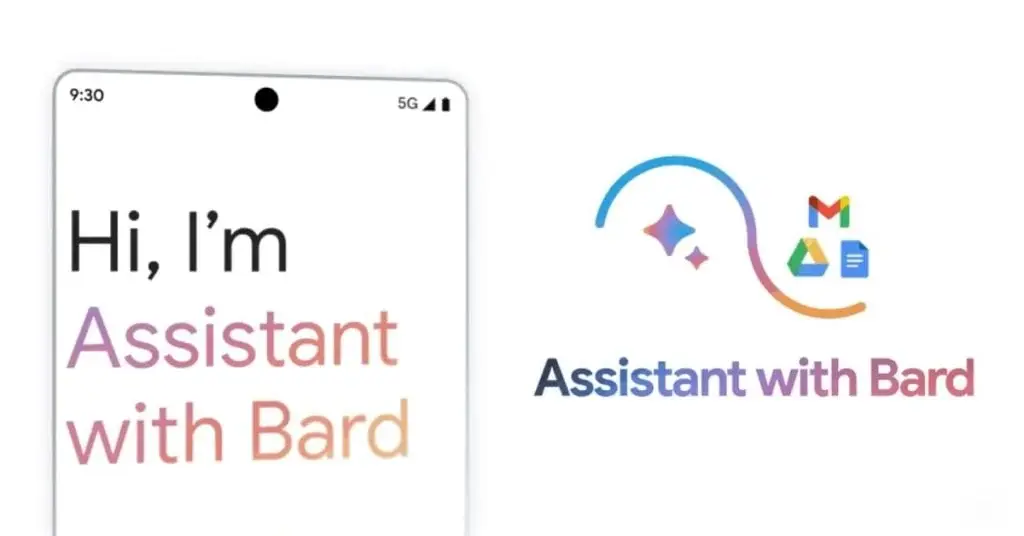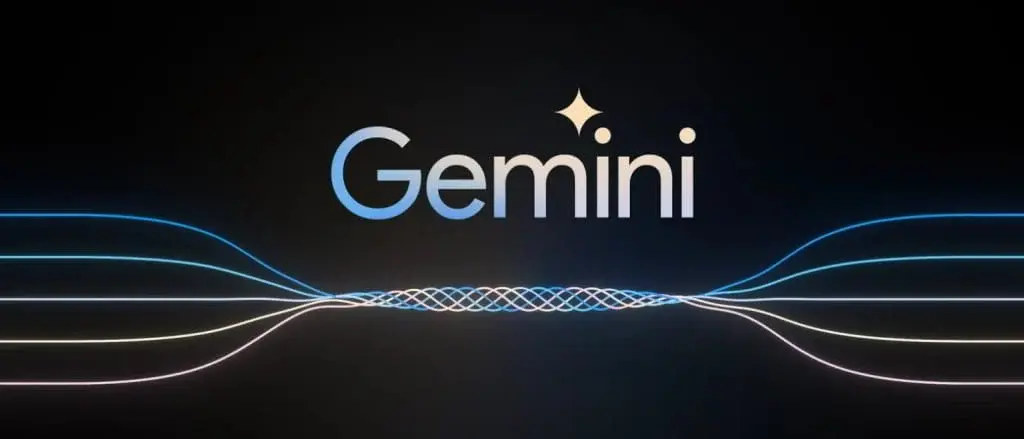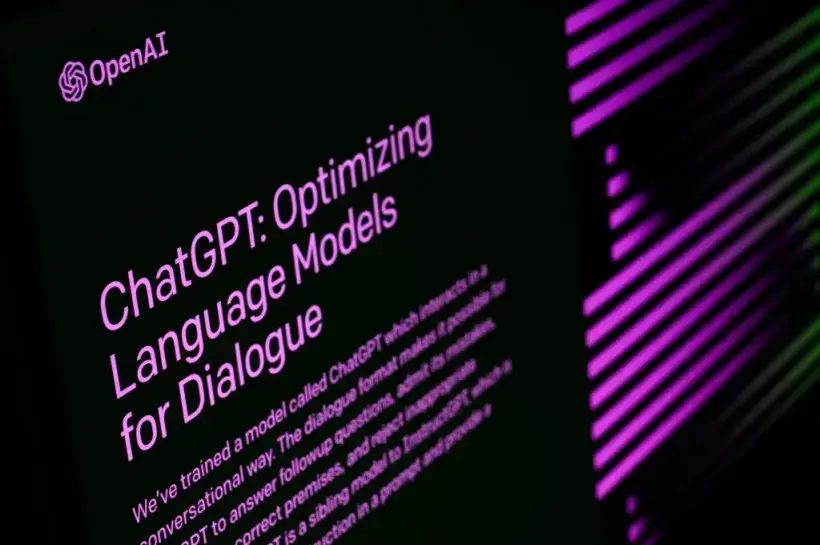Announced in early December 2023, Google’s Gemini lineup of multimodal large language models includes Gemini Ultra, Gemini Pro, Gemini Flash, and Gemini Nano. This family powers the chatbot of the same name, which was previously known as Google Bard. It started its journey in early February, rolling out to 10,000 testers for less than a month of trials before its general launch. Gemini faces stiff competition from ChatGPT, Copilot, and other AI systems. If everything goes according to plan, we can expect version 2.0 to be released this December.
Current Versions and Updates
At the moment, the stable releases for Google Gemini are version 1.5 for the model, dated May 14th, and the Android app, which is at build 1.0, number 668480831. This app was launched less than two months ago on August 29th and received several language updates on October 1st while maintaining the same build number. In June, Google introduced a free and open-source series of LLMs based on Gemini, called Gemma. This lighter version is already at version 2. It’s important to note that this does not mean it is derived from Gemini 2.0. The most recent updates to the Gemini models were launched last month, with Gemini-1.5-Pro-002 and Gemini-1.5-Flash-002 coming out on September 24th.
The Future of Gemini
Unfortunately, details about Gemini 2.0 are still unclear. However, sources close to Google’s operations have disclosed to The Verge that this new model is on track to be released in December, coinciding with OpenAI’s anticipated launch of its next major AI model. But since Sam Altman has recently refuted this rumor, Google might seize the opportunity to launch its next-generation AI at least a few weeks ahead of its main competitor.
When it comes to features and capabilities, many are speculating that Google Gemini 2.0 will advance toward achieving reasoning skills that could match or even surpass those of humans. The Android app will surely undergo necessary updates to support the new advancements in the model.




